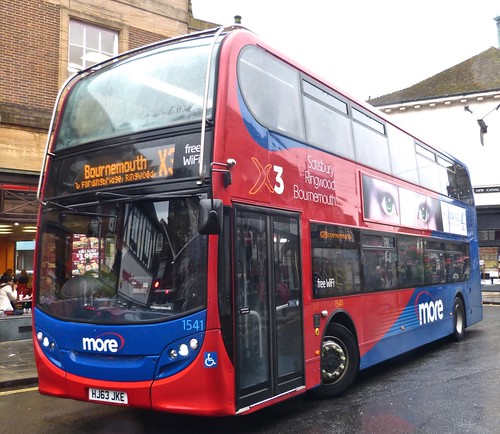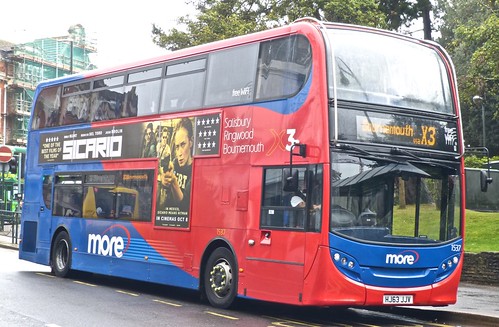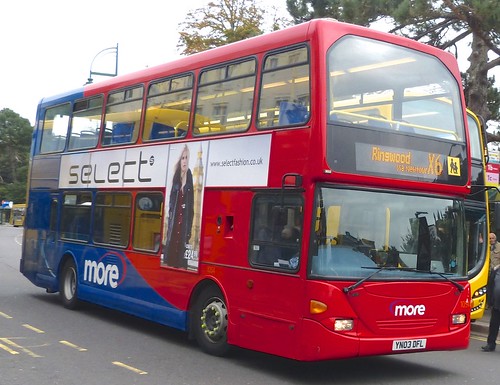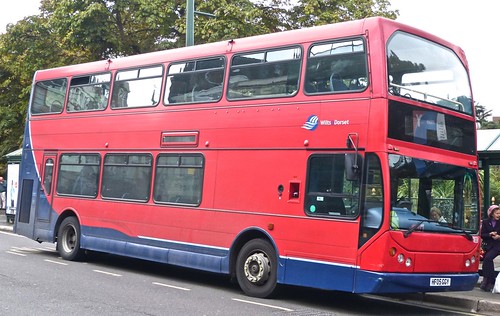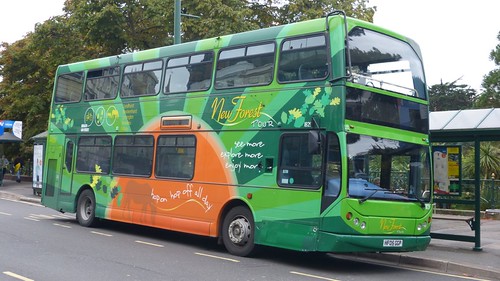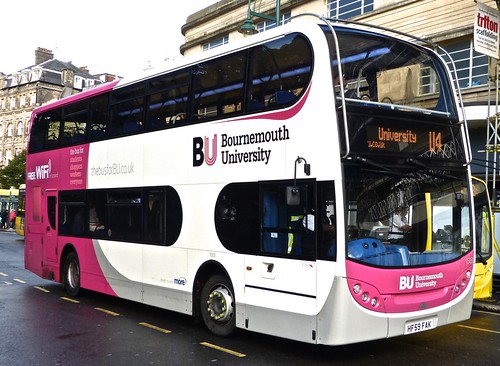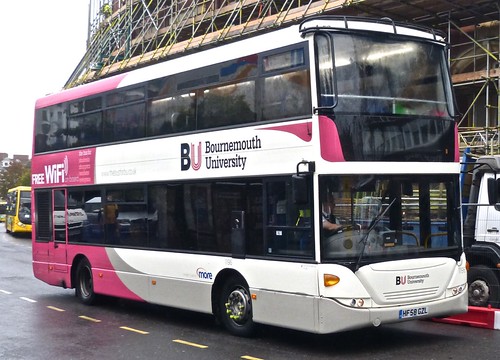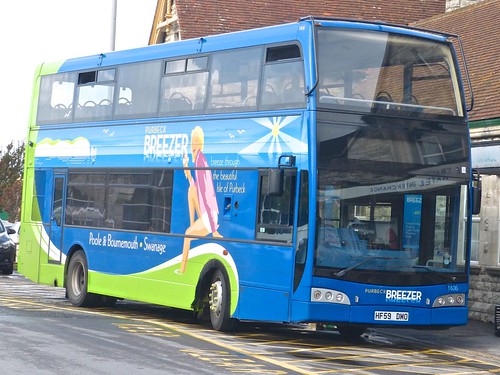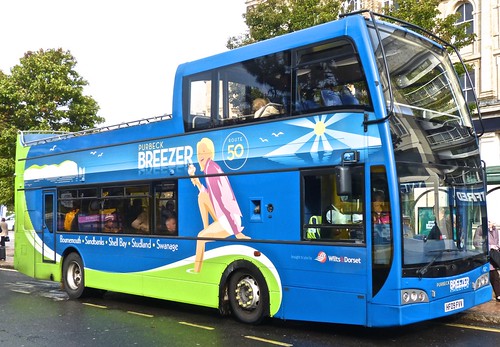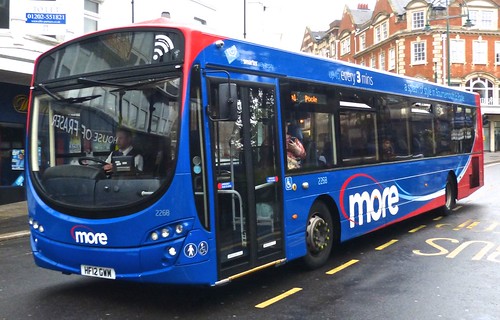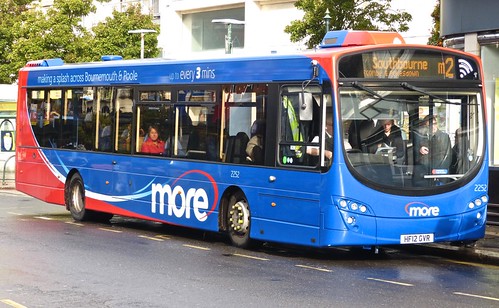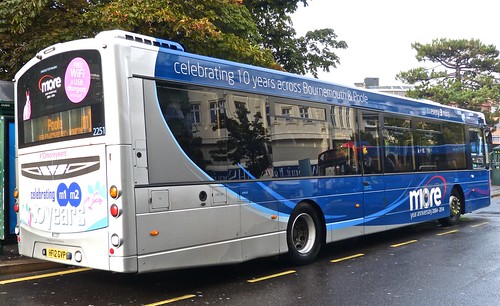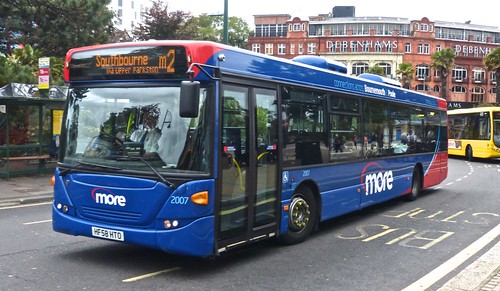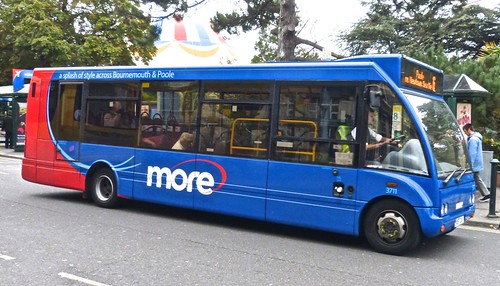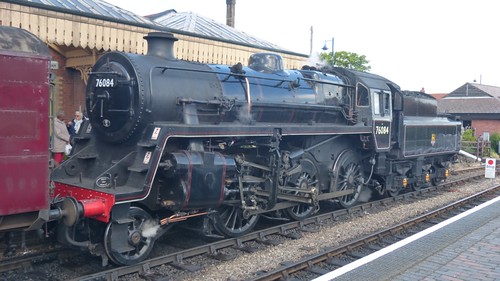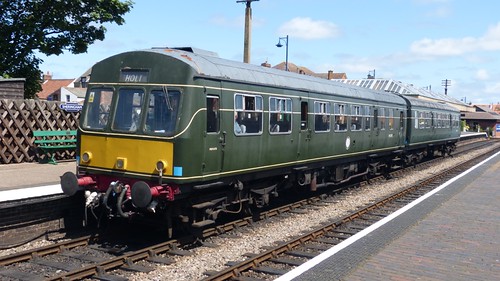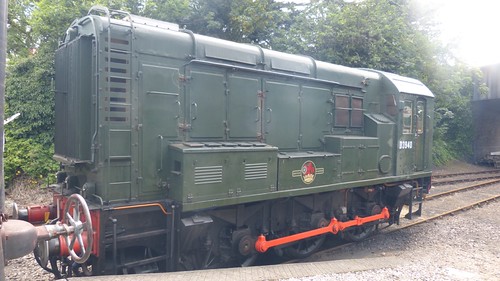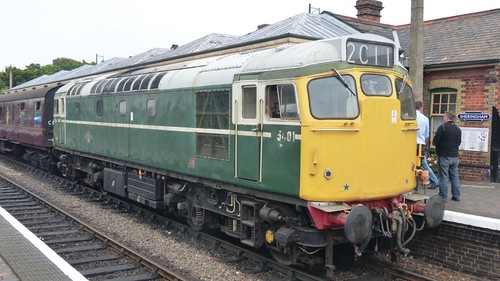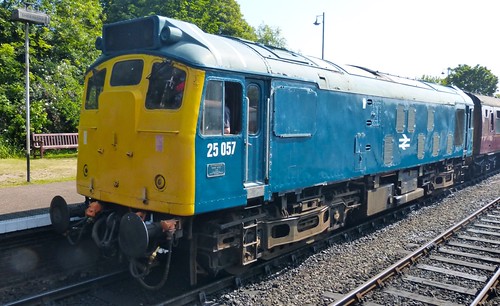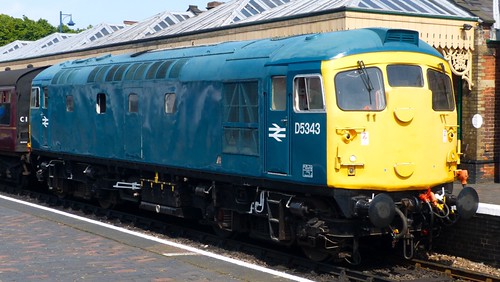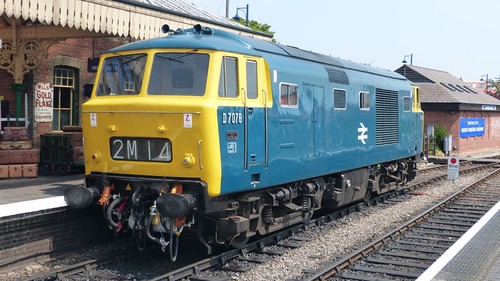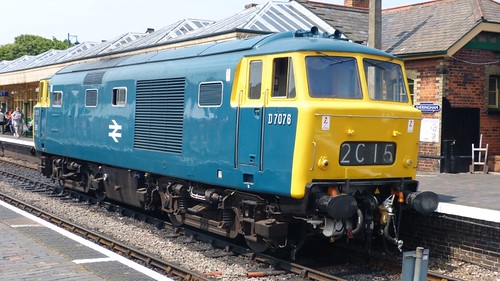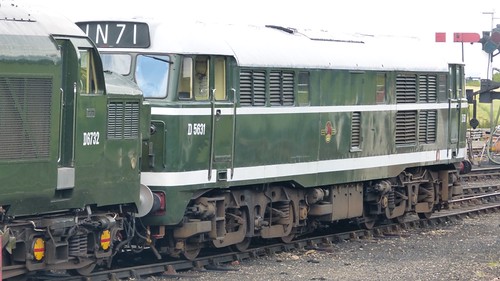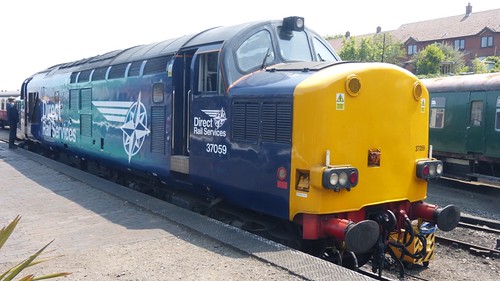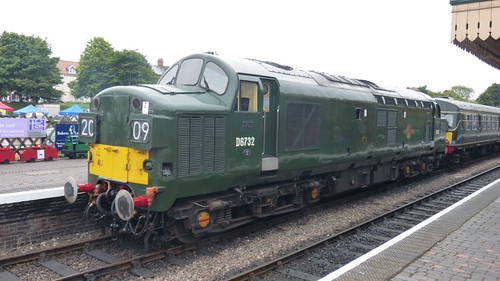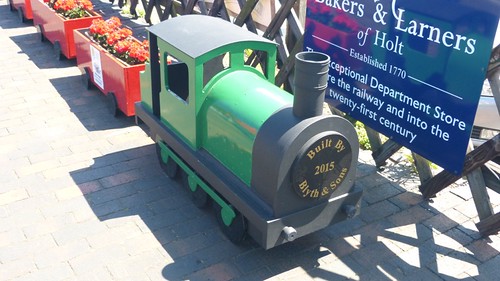My wife (Barbara) and I have been holidaying in Bournemouth for over 35 years. During that time I have watched with much interest the comings and goings in the bus fleets locally.
For most of that time, competition for ‘Bournemouth Corporation Transport’ has come from ‘Wilts & Dorset’ (WD).
With a history going back to 1915 ‘WD’ was at one time part of the ‘National Bus Company’ and these days is part of ‘Go South Coast’ which is a subsidiary of the ‘Go Ahead’ group.
In 2012 ‘WD’ adopted ‘More’ branding for its Bournemouth and Poole area operations whilst adopting ‘Salisbury Reds’ for its Salisbury area services.
Bournemouth and Salisbury are linked hourly by service X3.
HJ63 JKE
A Dennis Trident 2 with Alexander Dennis Ltd. (ADL) Enviro 400 bodywork which is based at Ringwood.
HJ63 JJV
Another Dennis Trident 2 with Alexander Dennis Ltd. (ADL) Enviro 400 bodywork which is based at Ringwood.
An earlier generation of double deck bus is represented by
YN03 DFL
A Scania N94UD Omnidekka with East Lancs bodywork seen in the ‘More’ livery.
HF05 GGJ
A Volvo B7TL with East Lancs Myllennium bodywork seen in the blue ‘New Forest Tour’ promotional livery.
The lugs along the roofline are for removing the roof to allow the buses in this batch to operate as open toppers.
HF05 GGY
A Volvo B7TL with East Lancs Myllennium bodywork seen in the old ‘W&D’ livery.
HF05 GGP
A Volvo B7TL with East Lancs Myllennium bodywork seen in the green ‘New Forest Tour’ promotional livery.
Apart from their own services, ‘W&D’ operate services on behalf of ‘Bournemouth University’ (BU) in ‘BU’ livery.
HF59 FAK
A Dennis Trident 2 with ‘Alexander Dennis Ltd,’ Enviro 400 bodywork in the ‘Bournemouth University branded livery’.
HF58 GZL
A Scania N230UD OmniCity with East Lancs bodywork in the ‘Bournemouth University branded livery’.
‘W&D’s service 50 the ‘Purbeck Breezer’ operates between Bournemouth and Swanage via the Sandbanks chain ferry and is one of the ‘Must Do’ journeys in the UK.
To be held up on a double deck bus by a cross channel ferry as it sails out of Poole harbour is an experience not to be missed !
Operated with a fleet of Scania 230UD’s with Optare Visionaire bodies which can work in open or closed top layout depending on the weather.
The Swanage terminus and ‘W&D’s depot is located in the old railway yard and is at the side of the preserved ‘Swanage Railway’ of today.
HF59 DMO (This image was taken in Swanage with the station building behind the bus).
HF09 FVV
The bread and butter routes are the m1 and m2 which operate from Poole to Bournemouth and then on to the Castlepoint shopping complex (m1) and Southborne (m2).
Operating with buses up to every few minutes across the day and night.
The majority of the buses in use are Volvo B7RLE’s wit Wright Eclipse Urban 2 bodies but there are also Scania CN230UB’s OmnCity’s in regular service.
HF12 GWM
A Volvo B7RLE/Wright Eclipse Urban 2.
HF12 GVR
Another Volvo B7RLE/Wright Eclipse Urban 2.
The livery is quite stylised however at least one of the B7RLE’s wears a silver variation on the standard livery in celebration of 10 years of the m1 and m2.
HF58 HTO
A Scania CN230UB OmniCities.
HF58 HTP
MX57 CAV
An Optare Solo.

